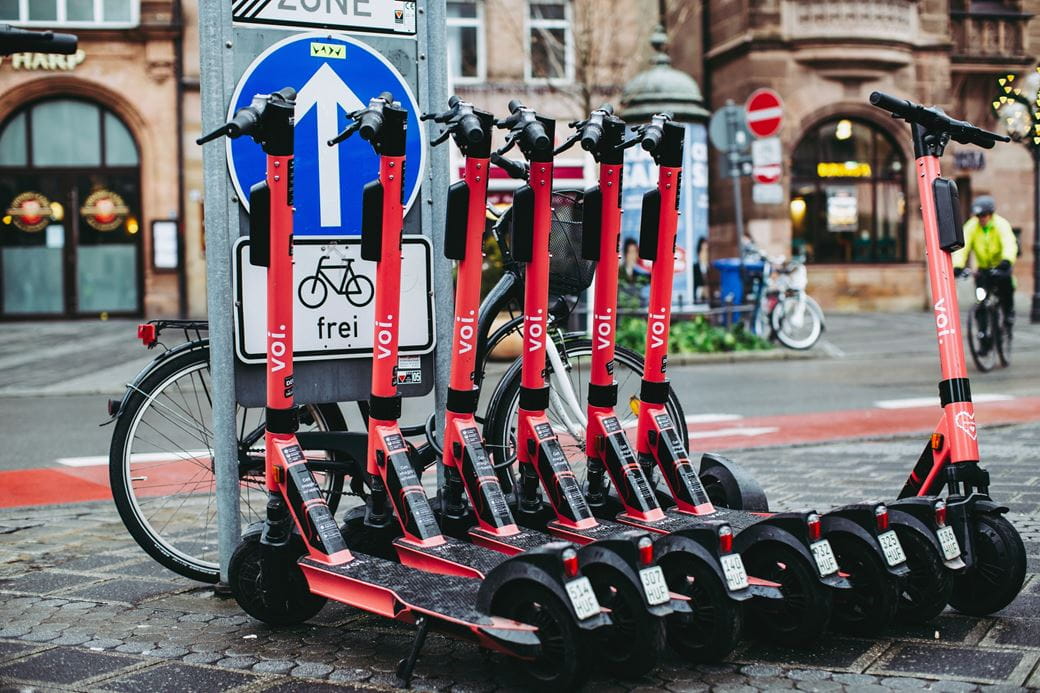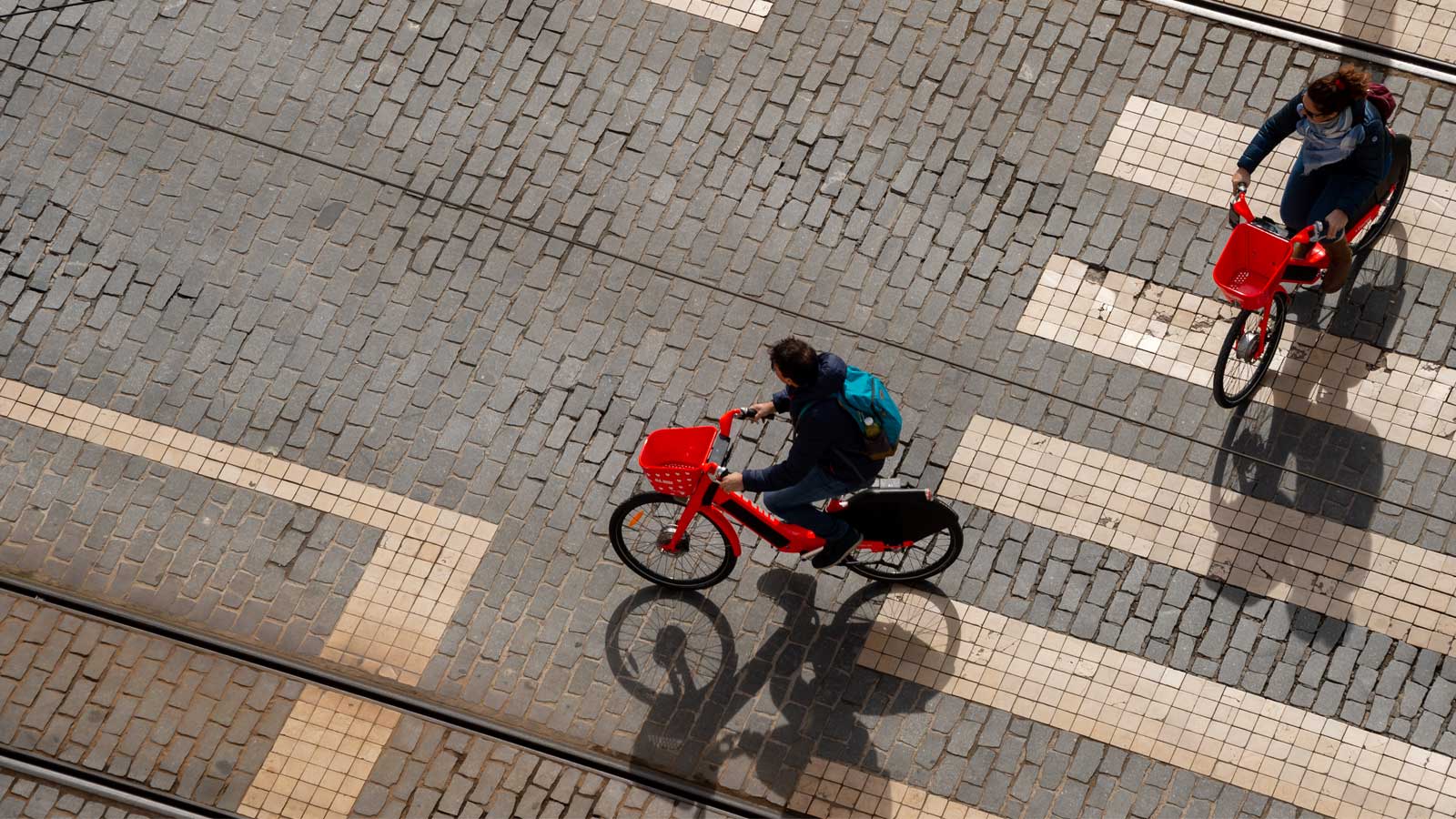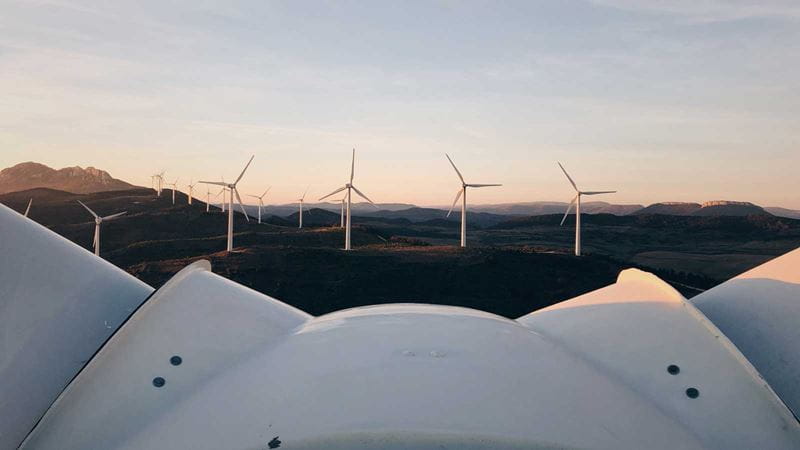
“Transportation is the largest contributor to global warming, so to make an impact at least on that front we need to have much more rapid change. So the question was always “How do we accelerate this process?”,” Horace Dediu, a Technology Analyst who coined the term ‘micromobility’, tells the New Foundations podcast produced by The Economist Intelligence Unit and supported by Pictet.
Electric cars are one possible solution, but it is a slow one – to-date they amount to less than 3 per cent of the world’s fleet. Countries in the Electric Vehicles Initiative, including the EU, US and China, have pledged that 30 per cent of their road vehicles will be electric by 2030. According to Dediu, it will take to the end of the century for penetration to reach 100 per cent.
“We’re looking at something that probably will be beyond our life spans. And that’s just not acceptable to me because of the need to have rapid change,” Dediu explains. “And then when you look at micro, you look at the small vehicles, they do everything faster. It’s like the fruit fly versus the elephant; it has a shorter life span, it evolves more quickly. These are the objects which absorb technology quickly, evolve rapidly, get huge amounts of energy in terms of capital, in terms of talent, in terms of people assigned to the projects”.
E-scooter sharing schemes are already available in more than 100 cities around the world. By 2024, the number of e-scooters used in such schemes will reach 4.6 million by 2024 – a six-fold increase on 2019.1 The growth comes because micromobility revolution fits in with the four major ambitions of the automotive industry– to become connected, autonomous, shared and electric, argues Dediu.
“You can see very tiny scooters and the motors are tiny, the batteries are tiny and the distances travelled are tiny, which actually is the whole point because 80 per cent of distances that are travelled in cars are better served with micro vehicles that are far more economic and far more efficient,” he says.

Researchers at OECD’s International Transport Forum modelled how traffic in Lisbon would look if private car trips were replaced with different types of shared vehicles.
“In the shared mobility city, we only needed 10 per cent of the number of vehicles that there are today to deliver on the same level of mobility for citizens,” Sharon Masterson, who manages corporate partnerships at the forum, tells the New Foundations podcast. “Congestion disappeared, CO2 emissions fell by a third, and also the on-street parking space was no longer needed.”
By 2030, the micromobility market could be worth up to USD500 billion, according to consultants McKinsey.2 The shift is only likely to be accelerated by the fallout from the Covid-19 pandemic, which highlighted the need to reduce pollution and prompted many major cities – from Paris to Seattle – to close streets to cars and build more cycle lanes. It also encouraged people to explore their local areas more – a trend embodied in the concept of the “15-minute city” where citizens can access all the services and facilities they might need within that radius.
Of course, a lot more infrastructure is needed, including parking and charging points. There is also the need for more regulation and oversight – both of micromobility companies and of the users. And the potential goes beyond physical infrastructure. Smart cities and businesses which truly embrace micromobility can facilitate and promote it through apps which incentivise its use.
“As roads and rail and canals and even aviation have shown, the infrastructures tend to follow the devices. We didn’t have airports before we had airplanes, we didn’t have the interstate highway system before we had high-speed cars,” says Dediu. “The device preceded. … And so the vehicles are going to be there, hundreds of millions of them, and then the infrastructure will follow because frankly, it’s obvious that it needs to exist.”
You can hear more about micromobility on the “New Foundations” podcast: newfoundations.economist.com/
[1] Berg Insight https://iotbusinessnews.com/2020/04/16/37477-the-scootersharing-fleet-to-reach-4-6-million-vehicles-in-2024/[2] https://www.mckinsey.com/industries/automotive-and-assembly/our-insights/micromobilitys-15000-mile-checkup






